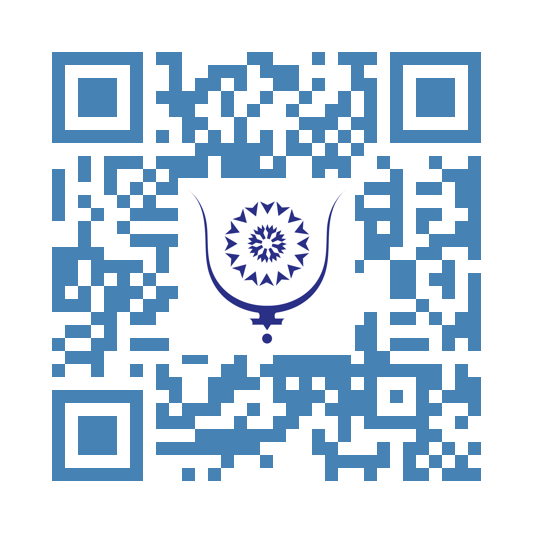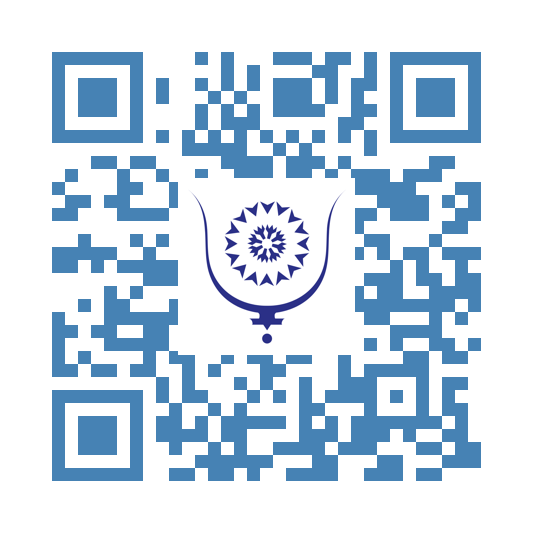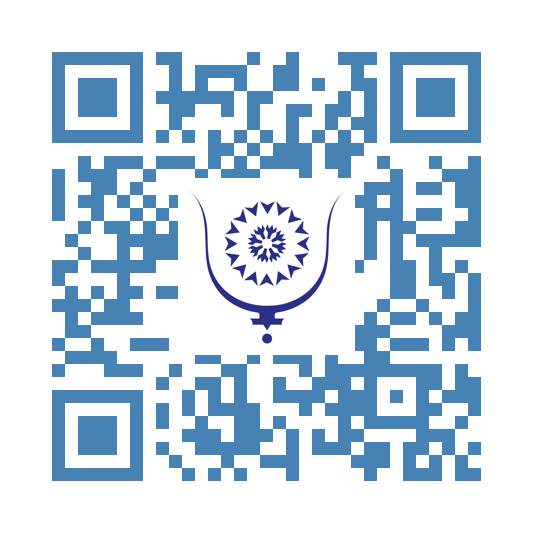L'Indice de Développement Humain, un indicateur pas si pertinent qu'on ne le pense!!!! 1532
Détails sur sa méthodologie de calcul afin de comprendre pourquoi c'est un indicateur bidon, trop simpliste, éloigné de la réalité et facilement traficable (Spoiler: Le Maroc peut grimper de la 123eme position à la 85eme en 2 clicks 3 mouvements).
Tout d'abord l'Indice de Développement Humain (IDH) comme son nom l'indique est un indicateur censé mesurer et comparer le développement humain entre les différentes nations. Il est mesuré par 3 critères majeurs:
◆Le système de santé
◆Le système éducatif
◆Le niveau de vie
Sauf que les métriques utilisées pour calculer l' IDH ne permettent pas d'avoir une vision globale sur tous les aspects du développement humain. Pire encore, ces métriques sont influencées par des phénomènes qui divergent du but initial.
I- Santé
La qualité du système de santé est calculée à partir de l'espérance de vie à la naissance or cette même espérance est dépendante de facteurs n'ayant pas de relation directe avec la santé comme le climat, la génétique, la nutrition, la géopolitique, la sécurité, le rythme de vie…
La formule de calcul du Life Expectancy Index (LEI):
(LE-20) / (85-20)
Le Maroc a une espérance de vie de 74ans donc on a une LEI égale à 0.831 ce qui fait dire qu'on a un système de santé de niveau très élevée (>0.8)
II- Education
La qualité du système éducatif est calculé à partir de 2 métriques:
◆Durée moyenne de scolarisation pour les +25ans
◆Durée attendue de scolarisation pour les enfants en âge scolaire
Sauf que ces métriques mesurent le volume d'étude en année et non pas la qualité de l'éducation. Sans oublier que chaque pays a son propre programme scolaire, ses propres priorités. Un Marocain lambda et un Français lambda, à niveau scolaire équivalent, n'ont pas les mêmes compétences. Le Marocain en général est plus fort en Maths.
La formule de calcul du :
Mean Years of Schooling Index(MYSI)= MYS/15
Expected Years of Schooling Index (EYSI)= EYS/18
Education Index(EI) = (MYSI+EYSI)/2
Le Maroc a un MYS de 5.9 ans et un EYS de 14.2ans==> On se retrouve donc avec un Education Index de 0.591 (moyen)
le Maroc pourrait renforcer son programme de lutte contre l'analphabétisme déjà présente dans les mosquées tout comme il pourrait pousser vers plus de programmes de formation pour les ouvriers dans les usines, les fonctionnaires et les salariés du privés.
En comptabilisant l'ensemble de ces 2 initiatives, le Maroc pourra passer easy en étant ultra-conservateur, en l'espace de 2 années, d'une durée moyenne d'éducation pour les +25ans de 5.9ans à 6.5ans. Ceci sans même prendre en considération le renouvellement de cette population qui se produit chaque année.
Le Maroc pourrait aussi instaurer que chaque marocains a le devoir de passer par le préscolaire(3ans), le primaire(6ans), le secondaire: Collège+Lycée(6ans), le Bachelor(4ans) et le Master(2ans) ce qui fera passer la durée attendue de scolarisation de 14.2ans à 21ans.
En prenant en considération ces 2 changements dans les métriques du critère d'éducation nous nous retrouvons alors avec un Education Index de 0.8 (très élevé) au lieu de 0.591 (moyen).
III- Economie
Le niveau de vie est mesuré selon Global National Income per capita en prenant en considération la parité de pouvoir d'achat sauf que cette parité est largement biaisée par plusieurs éléments. Les besoins et les habitudes de consommation diffèrent de pays en pays. Par exemple le panier de la ménagère en Algérie est faible en potassium ( Les bananes sont hors de prix là-bas) sans oublier que les subventions font gonfler le GNI (PPP) alors qu'on sait tous que les subventions se font avec l'argent du contribuable et sont destructeur pour l'économie.
Sans rentrer trop dans le détail voici une comparaison entre GDP per capita(nominal) et le GNI per capita(PPP) des pays de l'Afrique du Nord pour l'année 2021
GDP:
Maroc $3620
Algérie $3700
Tunisie $3870
GNI:
Maroc $7303
Algérie $10800
Tunisie $10252
On voit clairement une différence artificielle qui se crée d'où la non pertinence du GNI.
Le Income Index (II) est calculé par la formule suivante:
(ln(GNIpc)-ln(100)) / (ln(75000)-ln(100))
Vu que le Maroc a un GNI de $7303 on se retrouve avec un II de 0.648 (moyen)
En omettant les biais créé par la métrique du GNI per capita(PPP) et notre faiblesse dans notre outil de mesure statistique (HCP) et en prenant seulement en considération la réévaluation de notre PIB de 8,2% (changement de base). On se retrouver avec un II de 0.660 (moyen)
IV- Synthèse
L'ensemble du HDI (IDH) est calculé avec la moyenne géométrique suivante:
∛(Life Expectancy Index × Education Index × Income Index)
L'application de la formule avec les données initiales du Maroc nous donne un HDI de 0.683 et nous classe en 123eme position. En étant très très conservateur dans nos changements:
◆Durée moyenne de scolarisation 5.9 à 6.5
◆Durée attendue de scolarisation de 14.2 à21
◆Changement de base du PIB
On se retrouve alors avec un HDI de 0.760 ce qui nous placerai en 85eme position mondiale au lieu de la 123eme.
On aura alors prouvé comment l'IDH est un indicateur trop simpliste, facilement corruptible et ne reflète en aucun la réalité. Pour être honnête je ne comprends pas pourquoi le Maroc ne s'est pas encore penché sur la méthodologie de l'IDH pour améliorer cet indicateur aussi inutile soit-il.
You are leaving Bluwr.
We cannot guarantee what's on the other side of this link:
https://twitter.com/CoolTheCucumber/status/1571516670555848706




